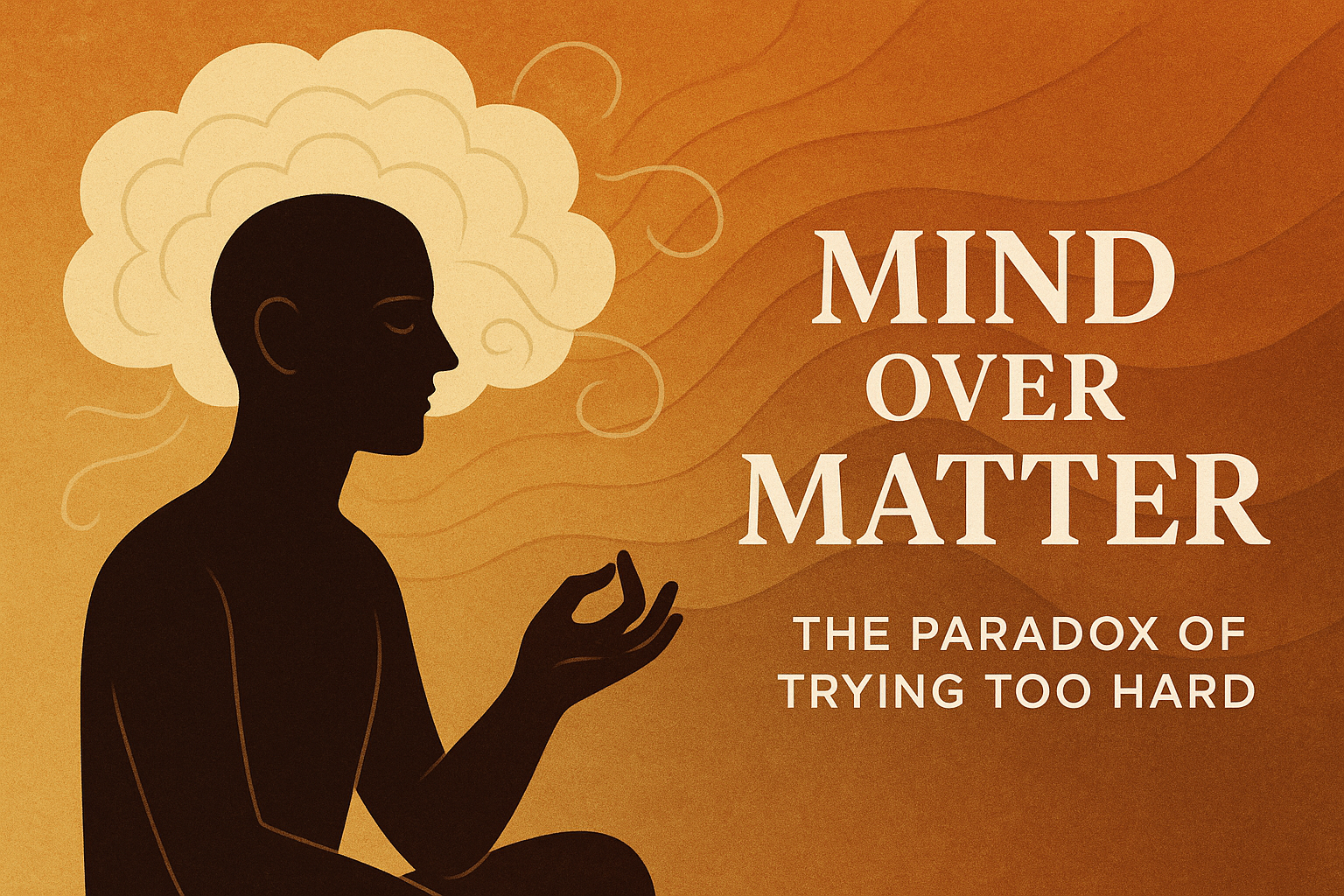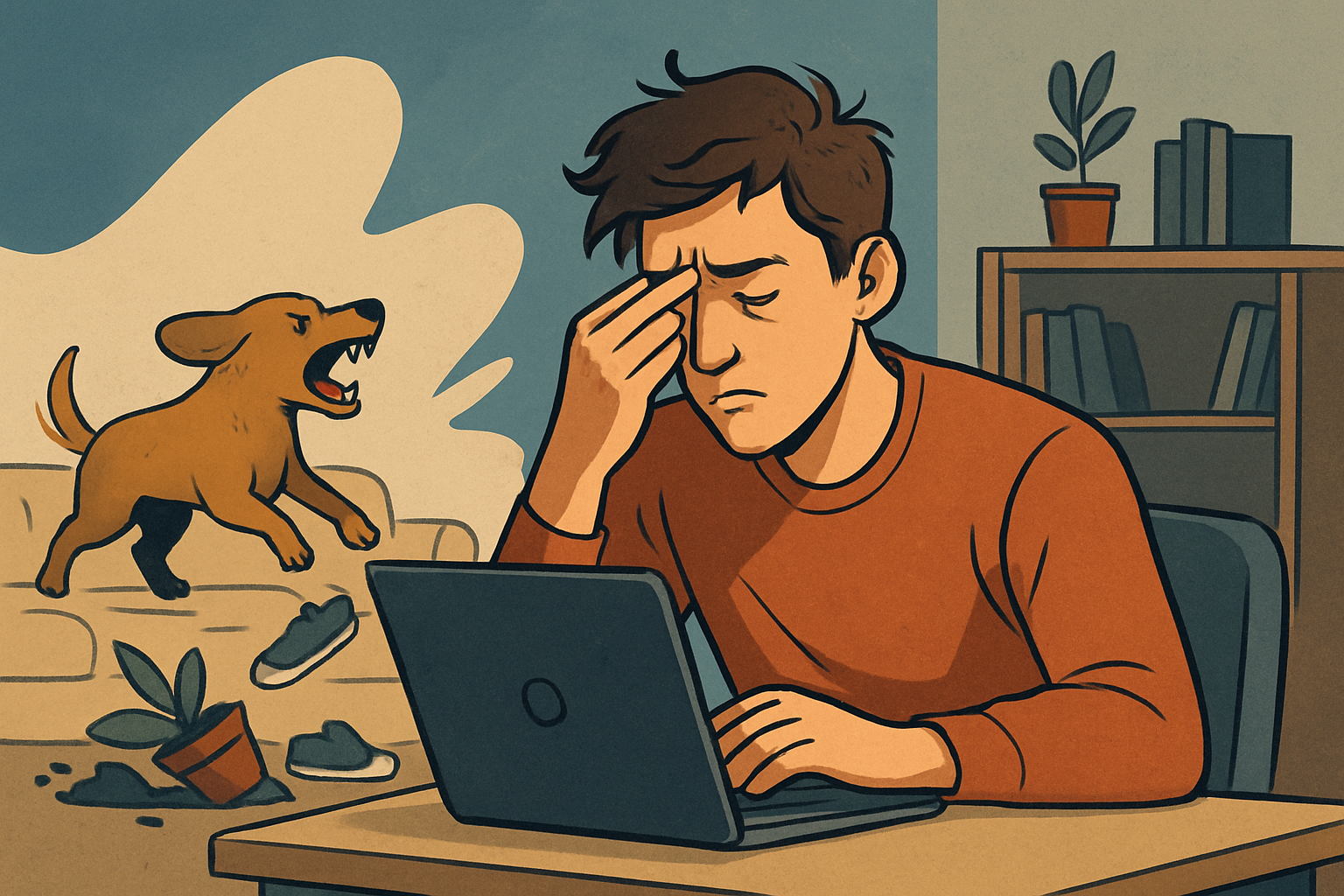The Fall‑Forward Method
Strategic Surrender, Humble Lessons, and Unstoppable Growth
We spend a lot of energy trying to keep every plate spinning, terrified one might fall. Yet progress rarely comes from perfect balance. It comes from letting a plate drop, hearing the crash, and realizing we are still standing.
When a project starts feeling impossible, pause and imagine the worst realistic outcome. Late delivery? A critical email? Embarrassment in front of peers? If those consequences are survivable—and they almost always are—release your grip. Say, “I accept that I may miss the mark.” In that moment you step out of fear and into curiosity.
History rewards this posture. The Wright brothers wrecked gliders until one finally stayed aloft. J. K. Rowling collected twelve rejections before a publisher took a chance on Harry Potter. Neither breakthrough required superhuman talent. It required the humility to stumble publicly, learn, and try again.
Contrast that with the person who refuses any risk. By chasing constant approval, they stay within walls built by other people’s expectations. No new ideas, no bold moves, just an endless loop of polite performance. Safety, yes. Growth, no.
Accepting failure is not laziness. It is strategic surrender. The moment you allow yourself to fall short, two things happen:
1.
You free mental bandwidth.
Fear consumes attention; acceptance releases it for problem‑solving.
2. You gather real data. A failed attempt shows where the gaps are far better than endless theorizing.
From there improvement is straightforward: adjust, refine, launch again. Each iteration moves you closer to something remarkable precisely because it was born in the open, not hidden behind caution.
So when anxiety tightens its grip, do the unthinkable. Let go. Own the possible setback. Humble yourself to the process. Every stumble becomes feedback, every consequence a teacher, and soon the extraordinary feels inevitable. Fail forward, and watch your true power unfold.
Share










